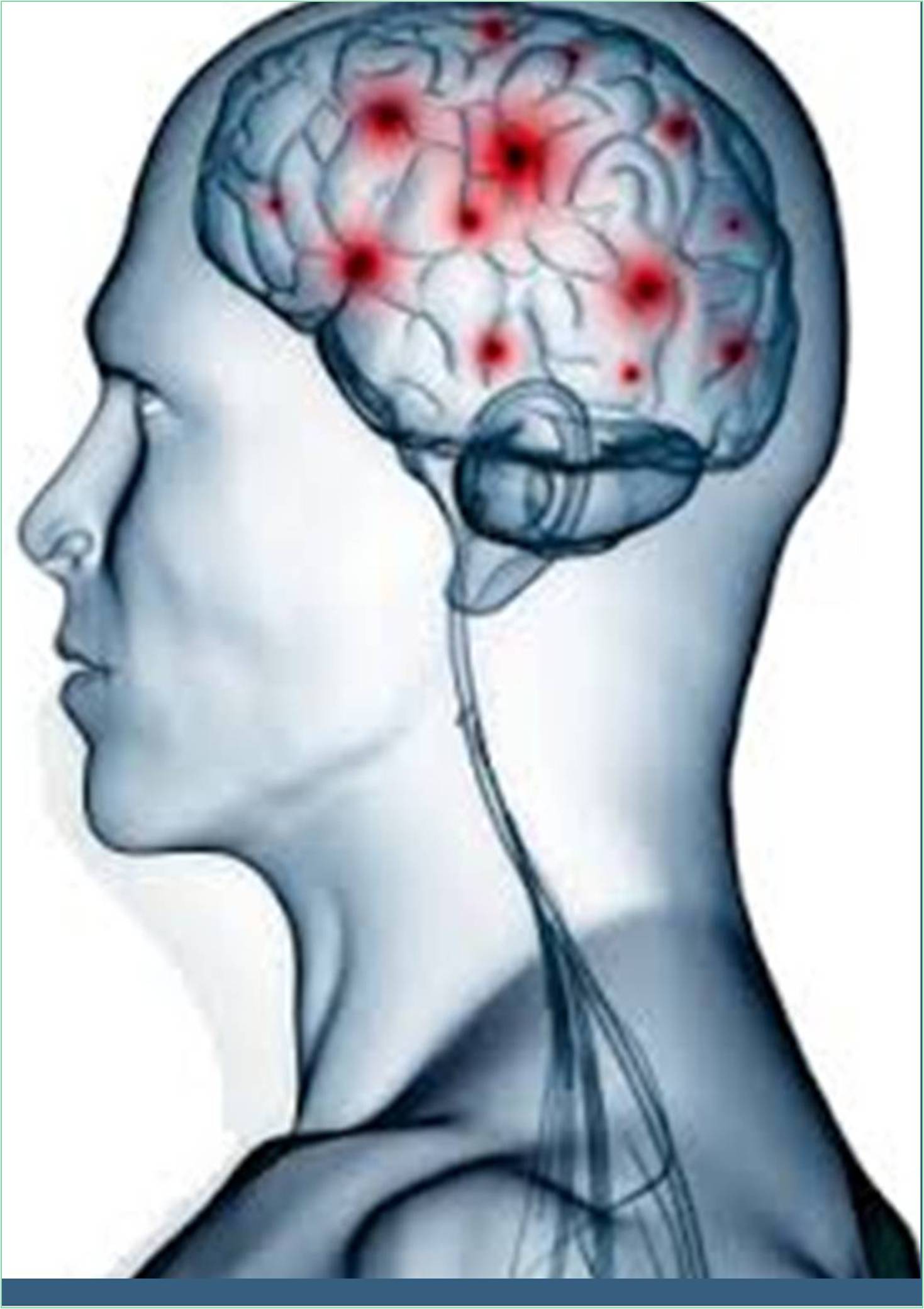



Received: 07-Feb-2022, Manuscript No. GJNN-22- 58630; Editor assigned: 09-Feb-2022, Pre QC No. GJNN-22- 58630 (PQ); Reviewed: 21-Feb-2022, QC No. GJNN-22- 58630; Revised: 24-Feb-2022, Manuscript No. GJNN-22- 58630 (R); Published: 28-Feb-2022
Neuroengineering is a branch of biomedical engineering that uses engineering techniques to understand, repair, replace, or improve the nervous system. Neural engineers are specially qualified to solve design problems at the interface of living nerve tissue and non-living structures. Neural engineering encompasses topics such as robotics, cybernetics, computer engineering, neural tissue engineering, materials science, and nanotechnology, and is based on the fields of computational neuroscience, experimental neuroscience, neurology, electrical engineering, and signal processing of living nerve tissue. The restoration and enhancement of human function through direct interactions between the nervous system and artificial devices are the most important goals in this subject. Understanding the coding and processing of information in sensory and motor systems, how this processing varies in the diseased condition and how it might be manipulated by interactions with artificial devices such as brain-computer interfaces and neuroprosthetics, is the focus of current study. Experiments, such as the utilization of neural implants in conjunction with external technologies are the focus of other study. Neurohydrodynamics is the field of neuroengineering that focuses on the hydrodynamics of the nervous system. The fundamentals behind neuroengineering include quantitative models of neurons, neural networks, and neural system functions that help develop devices that can understand and control signals and generate intentional responses. Neural engineering research makes use of technologies to investigate how the nervous system works and malfunctions like:
Neuroimaging Techniques
They are used to study the structure and function of the brain, as well as the activity of neural networks. Functional Magnetic Resonance Imaging (FMRI), Magnetic Resonance Imaging (MRI), Positron Emission Tomography (PET), and Computed Axial Tomography (CAT) scans are all examples of neuroimaging technology. The goal of functional neuroimaging research is to figure out which parts of the brain are responsible for various processes. FMRI is a technique that measures hemodynamic activity, which is linked to cerebral activity. It’s utilized to map metabolic reactions to a task or stimuli in specific parts of the brain. PET scanners, CT scanners, and Electroencephalography (EEG) are all being developed and used for similar objectives at the moment.
Nerve Network
Scientists can create neural networks using experimental observations of neuronal systems and theoretical and computational models of these systems in the hope of modeling neural networks as realistically as possible. Neural networks can be used for analysis to help design the next neurotechnological devices. Specifically, researchers perform analytical or finite element modeling to determine control of nervous system movements and apply these techniques to assist patients with brain injuries or disorders. Artificial neural networks are built from theoretical and computational models and can theoretically be implemented in computers from the experimental results of instrumental equations or the observed behavior of neuronal systems. Models refer to the application of ion concentration dynamics, channel kinetics, synaptic transmission, single neuron computation, oxygen metabolism, or dynamic system theory. Fluid-based template assembly has been used to engineer 3D neural networks from neuron-seed micro carrier beads.
Neural Interfaces
Neural Interfaces is a key component used to study neural systems and to improve or replace neural function with engineered devices. Engineers are challenged to develop selectable electrodes from associated electronic circuits to gather information about neural system activity and to stimulate specific areas of nerve tissue to restore the function or sensation of that tissue. These devices’ materials must match the mechanical properties of the nerve tissue in which they are implanted, and the damage must be assessed. Neural interfacing involves the temporary reproduction of biomaterial scaffolds or chronic electrodes, and the body’s response to foreign substances must be maintained. Microelectrode ranges are recent advances used to study neural networks. Optical neural interfaces include optical recordings and optogenetics, which make certain brain cells sensitive to light to modulate their activity. Fiber optics can be implanted in the brain to stimulate or silence targeted neurons using light, as well as record photon activity as a proxy for neural activity without the use of electrodes. Two-photon excitation microscopy can study living neuronal networks and neuronal communication events.
Brain-Computer Interfaces
A brain-computer interface is an attempt to monitor and stimulate neural circuits as well as communicate directly with the human nervous system to diagnose and treat internal neurological dysfunction. Deep brain stimulation is a significant breakthrough in the treatment of motion disorders such as Parkinson’s disease with high frequency stimulation of nerve tissue to suppress vibrations.
Neuroprosthetics
Neuroprosthetics are devices that have the ability to replace or replace missing functions of the nervous system by stimulating the nervous system and recording its activity. Electrodes measuring nerve fires can be integrated with prosthetic devices and signal them to perform the intended function through the transmitted signal. Sensory prostheses use artificial sensors to replace nerve impulses missing from biological sources. The engineers who researched these devices were charged with providing a long-lasting, secure, artificial interface with nerve tissue. Perhaps the most successful of these sensory prostheses was the cochlear implant, which restored hearing to the deaf. Visual prosthesis is still in the early stages of development to restore the visual abilities of blind individuals. Motor prostheses are an alternative to the regulatory mechanisms of the brain or spinal cord, the power of the biological musculoskeletal system.